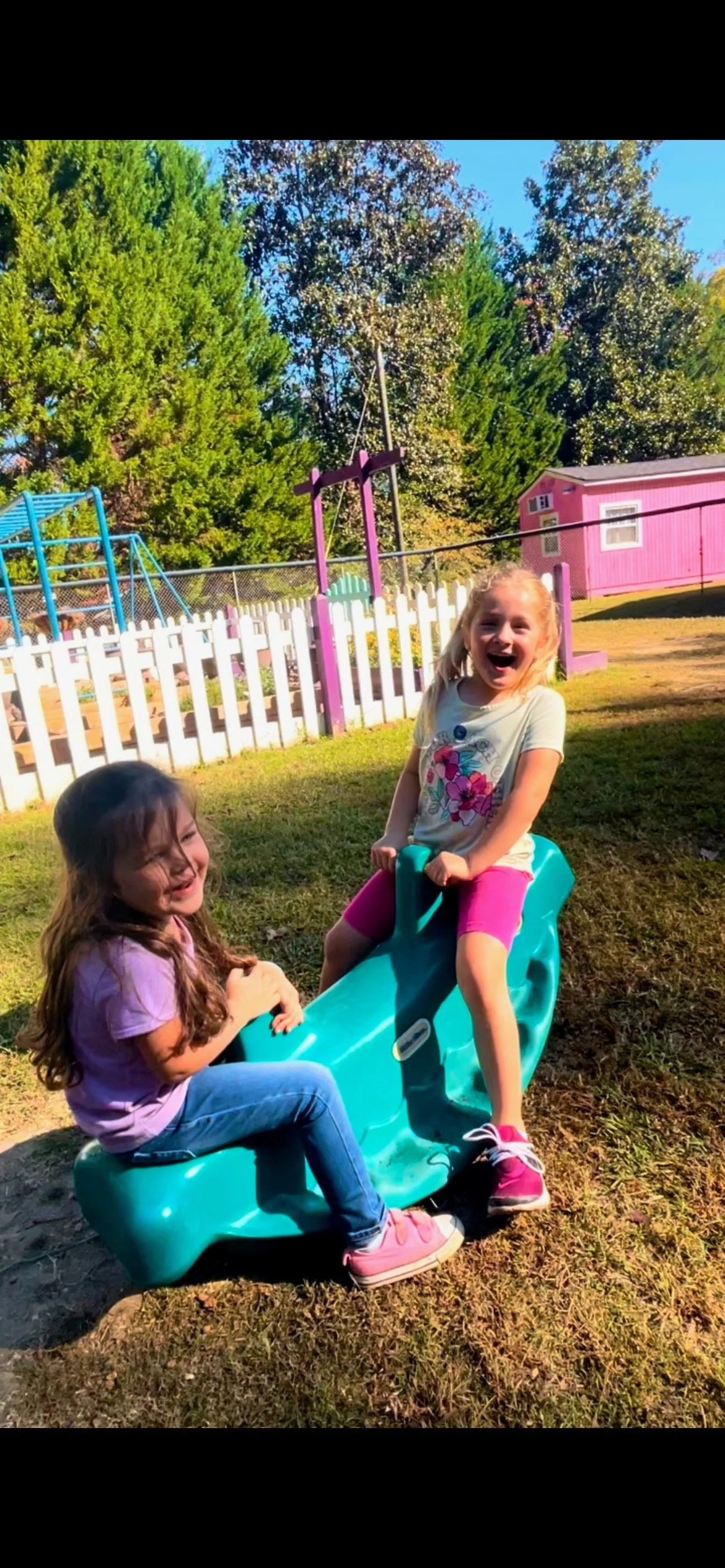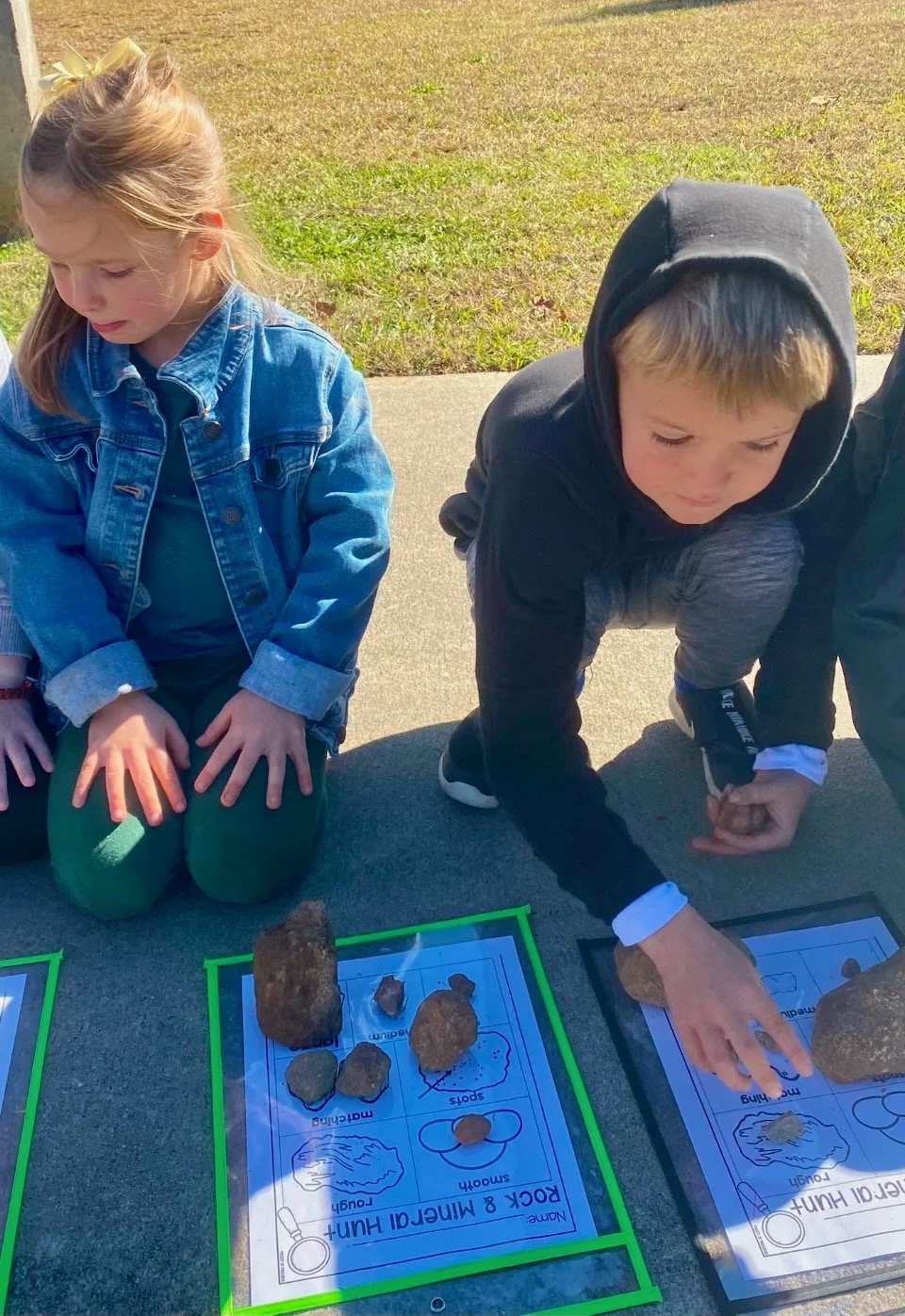K3 - K4
Early childhood is a precious, unhurried season of wonder and discovery. At our preschool, learning is not a race to master reading and writing, but a journey where curiosity leads the way.
We create an environment filled with rich opportunities for imaginative play, both indoors and out of doors, because play is the work of childhood. When children play, they are deeply engaged—and when they are engaged, they are learning.
As each child grows at their own unique pace, we introduce gentle, purposeful lessons in early literacy, foundational number skills, and the wonders of the world around them. Our approach is rooted in living books and meaningful literature that spark a lifelong love of reading and storytelling. Through classic children’s stories, poetry, and folk tales, young learners are drawn into literary adventures that nurture creativity, expand imagination, and cultivate a lasting appreciation for the beauty of the written word.
Kindergarten - First Grade
Building on their early love for the written word, our kindergarten and first-grade students engage deeply with ideas from living books. Through narration, they "tell back" what they have heard or read, strengthening comprehension, memory, and reflection. Instead of worksheets, they articulate their thoughts in rich, expressive language.
This skill later evolves into written narration, or notebooking, which extends across subjects—even mathematics, where students explain their thinking. As they build literacy and numeracy, they also explore history, geography, and nature, seeing themselves as part of a larger story. Beautiful materials like maps, nature journals, and living texts enrich their learning.
During these formative years, students also begin using memorization—not just for retention but for deep reflection. Students internalize scripture, poetry, and meaningful language that nurtures both heart and mind.
Second - Third Grade
As curiosity deepens, so does the child’s capacity to engage with meaningful ideas. Our second and third-grade students grow in their ability to listen attentively, think critically, and express their thoughts with clarity.
Narration remains central to their learning, now transitioning into more frequent written responses as they articulate the ideas they’ve encountered in living books. This progression helps them refine their ability to communicate with both thoughtfulness and creativity.
Through rich language, vivid imagery, and hands-on engagement, students cultivate a deeper appreciation for the good, the true, and the beautiful. These years are a bridge between the wonder of early childhood and the thoughtful, independent inquiry that lies ahead.


